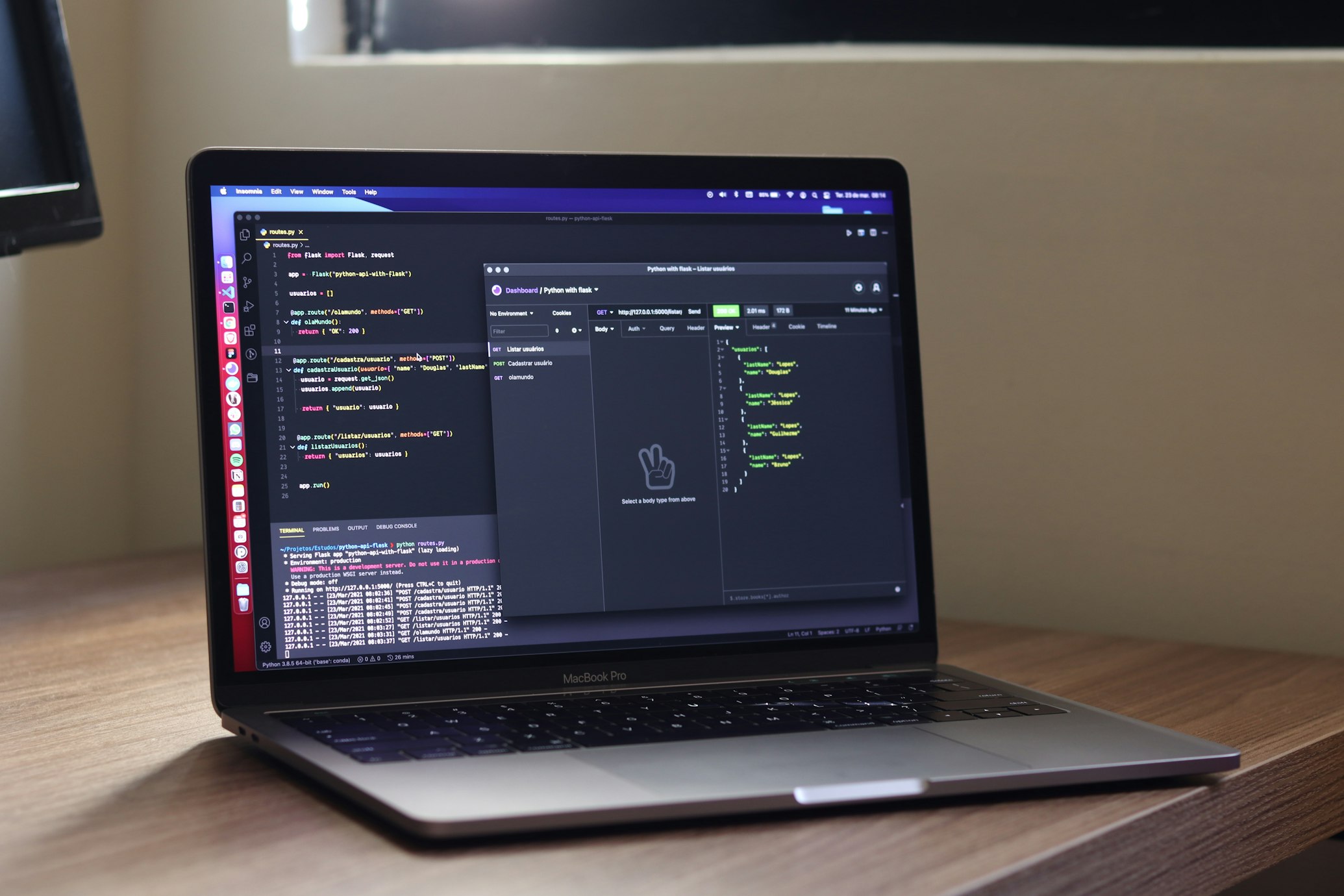Integrating with external Application Programming Interfaces (APIs) in software development is as common as critical. These APIs often act as the conduits through which different software systems communicate and exchange data. However, developers are continually challenged by the need to ensure these integrations perform efficiently, particularly regarding function calls to these external services. This article will explore strategies for optimizing function calling in external API integration to enhance overall performance.

Importance of Optimized Function Calls
Every function call made to an external API has a cost. It consumes network resources and, more importantly, time. The latency introduced here can significantly impact user experience and application performance, especially if these calls are not managed prudently. A poorly designed function call can lead to redundant data transfer, excessive waiting times, and potentially even timeouts and errors.
Furthermore, the number of function calls within applications has surged with the advent of microservice architectures and cloud-based services. Each service might depend on multiple others, meaning a single user action can trigger a cascade of API calls. Therefore, ensuring each call is as efficient as possible is paramount.
Caching Responses
One of the simplest yet most effective approaches to optimizing function calls is caching. Instead of sending a request whenever data is needed, which may not change often, applications can store a copy of the retrieved data locally for a certain period. Subsequent requests can be served from this cache, vastly reducing the number of outbound calls and improving response times.
Batch Requests
When feasible, batch processing can combine multiple function calls into a single one. This can drastically reduce the overhead associated with opening and closing connections and decrease cumulative latency. Many APIs offer endpoints designed specifically to handle batch requests, which developers should take advantage of whenever possible.
Managing Concurrency
Concurrency is another consideration when optimizing function calls. Making asynchronous function calls can prevent an application from becoming idle while waiting for an API response. However, this requires careful management to avoid overwhelming the server or hitting rate limits. Implementing smart queuing systems and leveraging modern concurrency frameworks can prove highly beneficial.
Streamlining Data
API consumers often have some control over the amount and type of data returned from a function call. To limit the response payload, request only the required data using filters or queries. Additionally, structuring data requests to align with how the data will be used can minimize the need for transformation on the client side, which again conserves computational resources.
Error Handling and Retry Logic
A robust error-handling strategy is essential for optimized function calls. This can include implementing exponential backoff in retry logic to handle transient API errors. Rather than repeatedly calling a failing function, a backoff strategy involves progressively increasing the wait time between retries, giving the problem time to resolve itself.
Understanding the External API
Performance tuning requires deep understanding. Developers must familiarize themselves with the API documentation to understand how to use its features optimally. Some APIs may have limitations or best practices unique to their context. Knowledge of these can allow for tailored optimization strategies that yield better results.
Monitoring and Analytics
You can’t optimize what you don’t measure, and this adage also applies to API integration. Use monitoring tools to track the performance of your API calls. Analyze response times, error rates, and throughput to identify bottlenecks and inefficiencies. Continuous monitoring allows for ongoing adjustments and optimization.
Rate Limiting and Throttling
Be aware of the API’s rate limits and plan accordingly. Excessive calls can result in throttling or even temporary bans. Implementing your own set of controls to regulate the frequency and number of calls made to an API can prevent such disruptions and ensure a smoother operation.
Conclusion
Integrating external APIs is crucial for modern applications. Optimizing function calls enhances performance by caching responses, batching requests, managing concurrency, streamlining data transfer, smart error handling, understanding API specifics, diligent monitoring, and respecting rate limits to boost speed and reliability for developers. Efficient function calling results in faster, more scalable systems, improving user experience by reducing latencies to align with business goals. Vigilance pays off in performance. Stay updated on best practices and API changes and take a proactive approach to software integration success. Every optimized function call makes your application smoother, faster, and more user-friendly.

















![How to Format USB to FAT32 on Mac [100% Work]](https://i0.wp.com/www.thepanthertech.com/wp-content/uploads/2024/03/image1.jpg?resize=370%2C250&ssl=1)

Leave a Reply